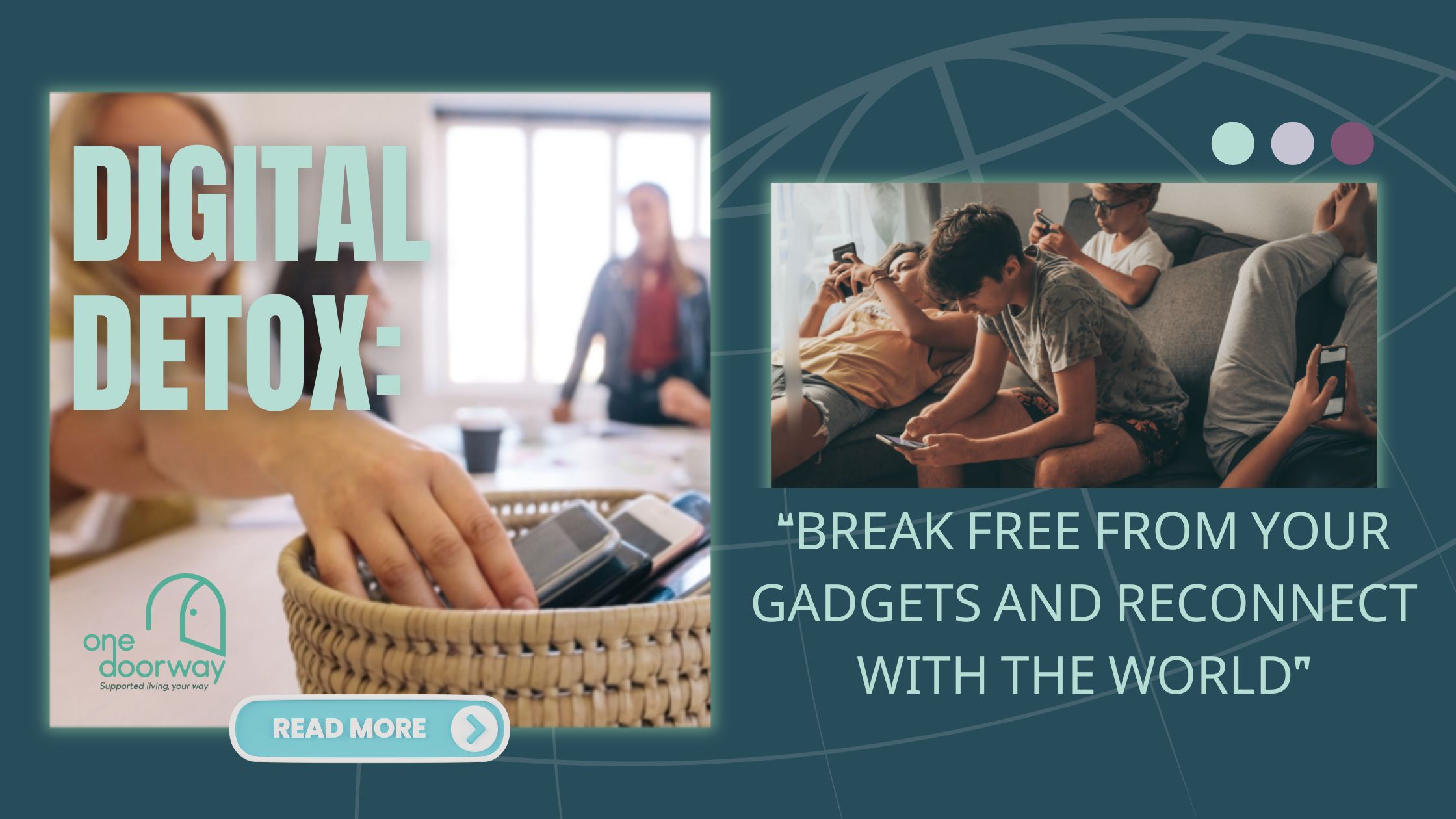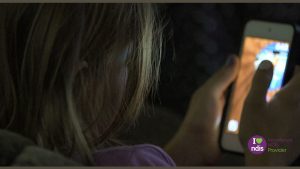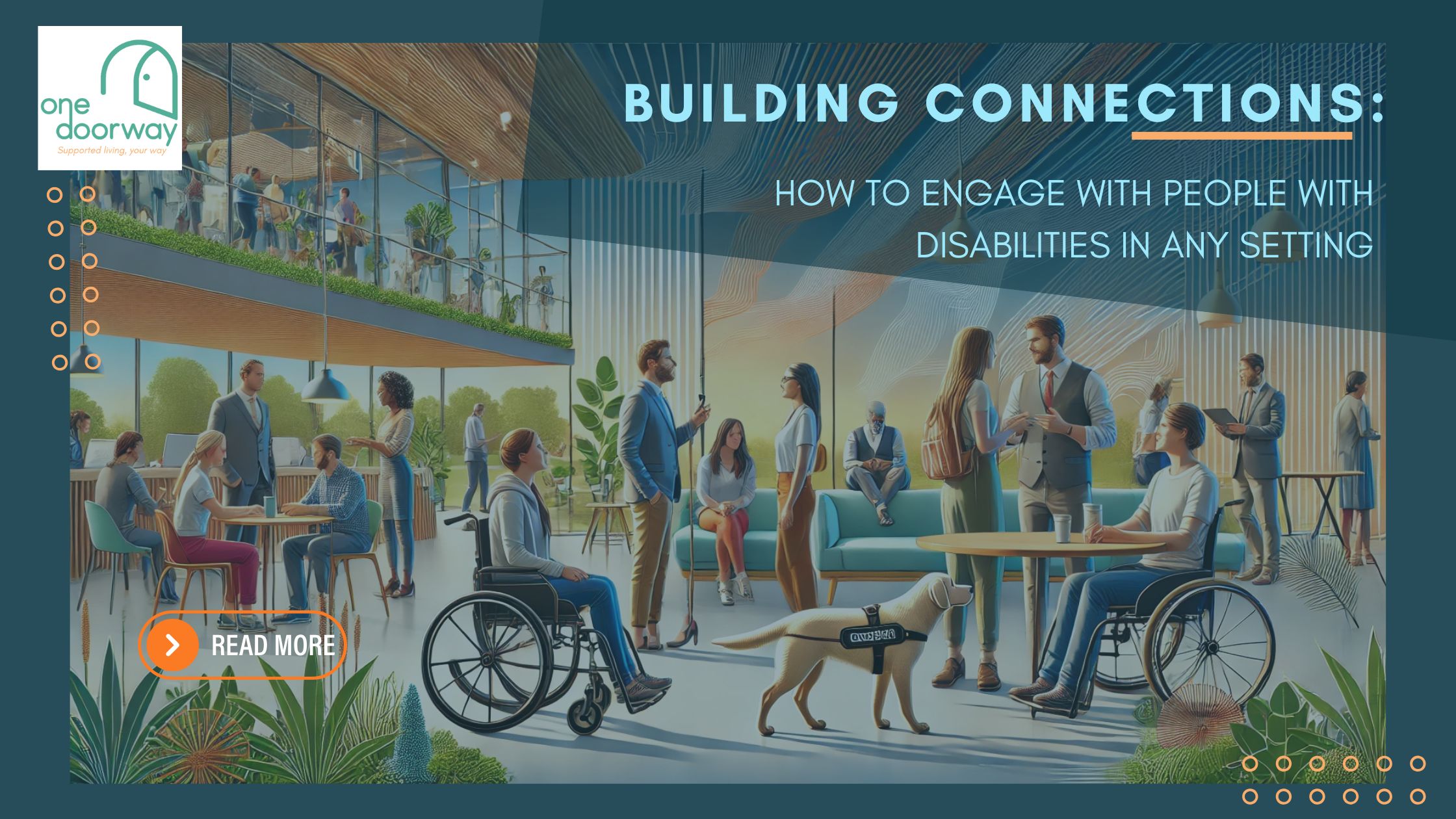Digital Detox: Break Free from Your Gadgets and Reconnect with the World

In today’s digital age, screens have taken over our lives. A digital detox can help break this cycle. Disconnecting from gadgets allows individuals to reconnect with the world. A healthier balance between technology and real life is needed.
Understanding Digital Detox
A digital detox involves stepping away from electronic devices such as phones, tablets, and computers. Consequently, the goal is to reduce stress and increase focus on the present moment. Furthermore, many benefits of a digital detox have been reported. For instance, improved mental clarity, better sleep, and deeper personal connections are some of the notable advantages. Thus, by taking a break from screens, individuals can experience significant enhancements in their overall well-being.

Benefits of Unplugging
Research shows that too much screen time negatively impacts health. Blue light from screens disrupts sleep patterns. Prolonged exposure also results in eye strain and headaches. Additionally, social interactions suffer when people remain glued to their devices. For people with disabilities, excessive screen time exacerbates existing conditions or leads to new health issues.
Impact on People with Disabilities:
- Physical Strain: Prolonged screen use can cause repetitive strain injuries (RSIs). Individuals with mobility issues are particularly at risk.
- Mental Health: Excessive screen time can increase anxiety and depression. Those with pre-existing mental health conditions may experience worsened symptoms.
- Vision Problems: Extended exposure to screens can lead to digital eye strain. People with visual impairments may find this especially challenging.
Support workers and employees in the disability sector must be aware of these risks. They play a crucial role in helping individuals manage screen time effectively.
Cause and Effect for Support Workers:
- Increased Workload: High screen time can lead to deteriorating health in clients. This results in additional care needs and increased workload for support workers.
- Job Satisfaction: Managing the adverse effects of screen overuse can be stressful. This impacts job satisfaction and the overall well-being of support workers.
Steps to Start a Digital Detox
Starting a digital detox may seem challenging. However, small steps can make a big difference. Begin by setting specific times to check devices. Notifications can be turned off to minimise distractions. Designating screen-free zones in the home is also helpful.
- Create Tech-Free Times: Dinnertime and bedtime should be free from gadgets. This allows for meaningful conversations and better sleep.
- Engage in Offline Activities: Pursue hobbies such as reading, gardening, or exercising. These activities provide a break from screens.
- Set Boundaries: Social media usage should be limited. Apps that track screen time can help maintain discipline.
For Support Workers:
- Encourage Breaks: Encourage clients to take regular breaks from screens. Physical activities or hobbies should be promoted.
- Education: Educate clients and their families about the risks of excessive screen time. Provide practical tips for reducing screen exposure.
- Monitor Health: Keep an eye on clients’ physical and mental health. Address any negative impacts of screen use promptly.
Autism-Friendly and Disability-Safe Apps:
In the context of disabilities, particularly for individuals with autism, specific apps can be highly beneficial. Here are some autism-friendly and disability-safe apps available in Australia:
- Proloquo2Go: An AAC app that helps non-verbal individuals communicate more effectively. It is recognised and supported by NDIS in Australia (Assistive Tech) (Children and Media Australia).
- Choiceworks: Assists individuals with autism in understanding and managing daily routines, promoting independence and positive behaviour.
- Speech Blubs: Designed to help children with speech delays, including those with autism, using video modelling to improve speech and language skills.
- Calm: Offers guided meditations, sleep stories, and breathing exercises, beneficial for individuals with anxiety and sensory processing issues.
- Be My Eyes: Connects visually impaired individuals with sighted volunteers for visual assistance through live video calls.

Reconnecting with the World
Disconnecting from gadgets opens up opportunities. Nature walks, family games, and personal hobbies are more enjoyable without screens. Presence at the moment allows one to experience life fully. The beauty of the natural world and human connections can be rediscovered.
Conclusion
A digital detox offers numerous benefits. Mental and physical health can improve significantly, and relationships can strengthen as individuals become more present. For people with disabilities, managing screen time is crucial to prevent additional health issues. Support workers play a vital role in this process. By breaking free from gadgets, we can reconnect with the world, achieving a healthier and more balanced life.
Navigating the journey towards a balanced life for people with disabilities is facilitated by One Doorway and its comprehensive services. Personalised support and resources are effectively provided to manage screen time. Additionally, assistance with implementing a tailored digital detox plan is available, ensuring it meets individual needs. Consequently, with the support of One Doorway, the achievement of a balanced and fulfilling life becomes possible.


